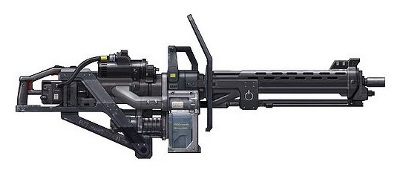The History of the Machine Gun
Category: Shotguns and Smoothbores

The machine gun, which came to change and even became a force to reckon with during the battlefields of world war one, was thought to be one of those primitive weapons when the war officially began in 1914.
Of all the armies that took part in the war, machine guns were too heavy, and ill-suited for effective use by the advancing infantry troops. The weight of each machine gun ranged somewhere between 30 kilograms to 60 kilograms, without their carriages, supplies, or mountings.
The machine gun of 1914 had its position on a flat tripod and would often require a gun crew of between four to six operators. In theory, these machine guns could fire approximately 400 to 600 rounds of ammunitions per minute, a figure that came to double at the end of the war. The rounds were fed into the machine gun through the metal grip or the fabric belt.
In reality, since these machine guns were not fitted with a cooling mechanism, they could at times overheat and subsequently become inoperative; thus, they were often fired in short bursts rather than sustained ones. The cooling could take some forms that included the use of water or air.
Water jackets were provided to the former, whereas the building of air vents took place for the latter. However, water cooled machine guns could at times overheat quickly and, therefore, large amounts of water were often required during the battle. Just in case the water ran out during the process, the machine gun crew would often urinate into the jacket to cool it.
Whether water or air cooled, many machine guns jammed frequently, most especially during the high temperatures or when under the custody of inexperienced operators. Consequently, the machine gun crew would often group the machine guns together to obtain a more defensive position.
Most machine guns varied depending on their accuracy, equivalent firepower, with some people making an estimate of between 60-100 rifles for every machine gun. A more accurate figure is about 80, which is still a high figure.

 Back To Category Shotguns and Smoothbores
Back To Category Shotguns and Smoothbores